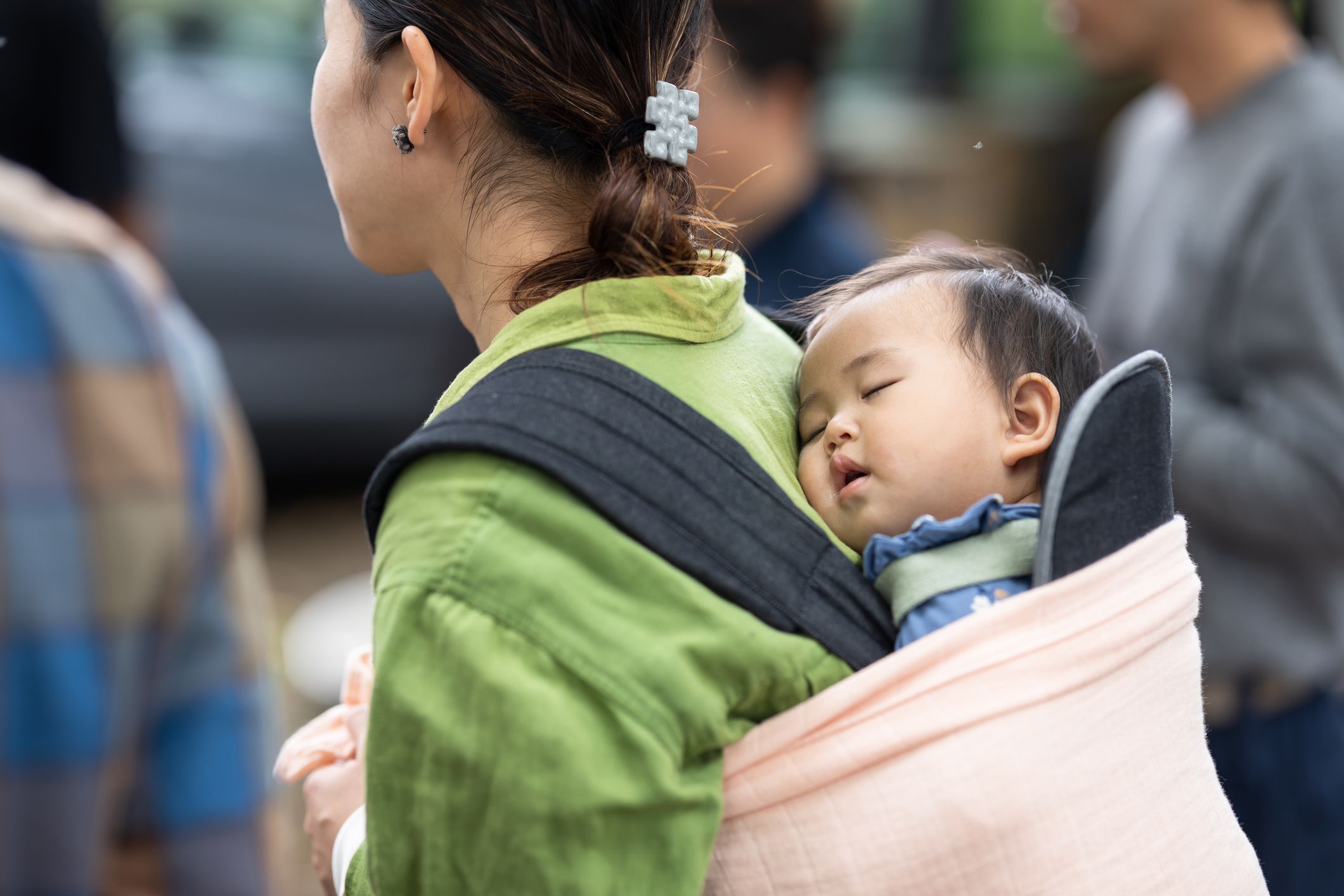The newest demographic information from Japan indicates a troubling milestone in the ongoing population issue within the nation. Official stats reveal the nation encountered an unprecedented difference between births and deaths last year, with the natural decrease in population reaching roughly one million individuals. This rapidly increasing trend highlights the significant demographic difficulties confronting the world’s third-largest economy.
Japan’s Ministry of Health, Labor and Welfare reported only around 800,000 births compared to nearly 1.8 million deaths in the most recent annual figures. This represents the largest recorded disparity since the government began maintaining such statistics in 1899. The widening gap continues a trend that began in 2007 when Japan first recorded more deaths than births, but the pace of decline has increased dramatically in recent years.
Numerous related elements lead to this demographic transformation. Japan’s aging population currently has the largest percentage of individuals over 65 (29% of the total population) among industrialized countries. At the same time, the birth rate is persistently low, at about 1.3 children per woman, which is significantly less than the 2.1 required to ensure population steadiness. Younger people are increasingly postponing marriage and parenthood because of financial hardships, with many mentioning worries about job stability, the cost of housing, and the accessibility of childcare.
The economic consequences of this population decline are increasingly visible. Various sectors, ranging from manufacturing to healthcare, are experiencing labor shortages, compelling companies to either automate or scale back their operations. A decreasing workforce is tasked with sustaining a burgeoning elderly population, putting pressure on pension systems and social services. Rural areas encounter significant difficulties as younger people relocate to cities, leaving older demographics with declining tax revenues and diminished services.
Government initiatives to counteract the trend have not been largely successful. Measures like childcare financial support, parental leave schemes, and matchmaking projects have not notably increased birthrates. Certain specialists suggest that more drastic steps might be required, such as significant changes to immigration policies or a major overhaul of the economy to make starting a family more practical for younger generations.
International observers view Japan as a bellwether for demographic changes that may eventually affect other developed nations. While Japan’s situation remains the most acute, several European and East Asian countries face similar aging populations and declining birthrates. The Japanese experience may offer lessons about potential policy responses and their effectiveness.
Demographers anticipate that the decrease in population is likely to speed up in the upcoming decades unless substantial alterations take place. Present projections indicate that Japan might experience a reduction of almost one-third of its inhabitants by 2065 if the current tendencies persist. This would signify an unparalleled demographic shift for a significant industrialized nation during peacetime.
The demographic challenge impacts almost all facets of society in Japan. Schools are merging or shutting down due to a decrease in student numbers, while the need for elder care centers increases. Real estate markets are changing as demand grows in cities, causing rural homes to be left vacant. Even cultural customs are evolving as there are fewer young individuals to uphold them.
A few enterprises have started adjusting to the recent demographic trends. Investments in automation have risen throughout service sectors, while firms create goods aimed at older customers. These changes might foreshadow transformations that other aging communities might adopt in the future.
The situation poses intricate policy challenges without straightforward solutions. Although immigration might theoretically aid in resolving labor shortages, Japan has traditionally been hesitant to accept large-scale immigration. Cultural perceptions of family and work might need to change to align childrearing with contemporary economic circumstances.
As Japan continues grappling with these demographic challenges, the world watches closely. The nation’s experience may prove instructive for other countries facing similar population trends, making Japan an important case study in managing the social and economic impacts of demographic decline. The coming decades will test whether Japan can develop effective responses to this unprecedented situation or whether the population contraction will fundamentally reshape the nation’s character and position in the world.
The unprecedented drop in population signifies more than merely an unusual statistic—it embodies deep societal transformations that will shape Japan’s future in ways that are just starting to be grasped. The country’s reaction to this issue could dictate its economic health, social cohesion, and international standing for decades ahead.




